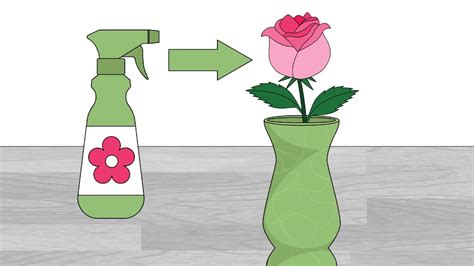Your Rose Battery: How to Extend its Life
Roses, with their exquisite beauty and intoxicating fragrance, are a prized possession for many gardeners. But like any living thing, rose bushes require care and attention to thrive. A common concern among rose enthusiasts is the "rose battery"—a term referring to the plant's energy reserves, and how to best manage them for prolonged blooming and overall health. This article will delve into practical strategies for maximizing your rose's energy and extending its life.
What is the "Rose Battery"?
The "rose battery" is a metaphorical term representing the plant's overall health and energy stores. It encompasses various factors contributing to the rose's ability to produce vibrant blooms, strong stems, and healthy foliage. These factors include root health, nutrient levels, disease resistance, and the plant's overall vigor. A "charged" rose battery translates to a healthy, prolifically blooming rose bush. A "drained" battery results in weak growth, fewer blooms, and increased susceptibility to disease.
How to Charge Your Rose's Battery: Essential Care Practices
Several key practices contribute to a healthy and "charged" rose battery:
1. Proper Planting and Soil Preparation
Starting with healthy roots is paramount. Choose a sunny location with at least six hours of direct sunlight. Amend the soil with organic matter like compost to improve drainage and nutrient content. Roses thrive in well-drained soil that is slightly acidic (pH 6.0-6.5). Planting at the correct depth is also crucial; the bud union (the point where the rootstock and scion are grafted) should be slightly above ground level.
2. Consistent Watering
Regular watering is vital, especially during dry spells. Deep, infrequent watering encourages deeper root growth, leading to a more resilient plant. Avoid overhead watering, which can promote fungal diseases. Instead, water at the base of the plant.
3. Fertilizing for Optimal Growth
Roses are heavy feeders. Regular fertilization provides the essential nutrients needed for robust growth and abundant blooms. Use a balanced rose fertilizer, following the package instructions. Spring and summer are the most important times for fertilization. Consider using a slow-release fertilizer for consistent nutrient delivery.
4. Pruning for Health and Vigor
Proper pruning is essential for maintaining the rose's health and shape. Remove dead, damaged, or diseased canes. Thin out crowded branches to improve air circulation and sunlight penetration, reducing the risk of fungal diseases. The best time to prune is late winter or early spring, before new growth begins.
5. Pest and Disease Management
Regularly inspect your rose bushes for signs of pests and diseases. Address any issues promptly to prevent them from draining the plant's energy. Use appropriate organic or chemical controls, following the manufacturer's instructions carefully. Good sanitation practices, like removing fallen leaves and debris, can also help prevent disease.
6. Mulching for Soil Health
Apply a layer of mulch around the base of the plant to conserve moisture, suppress weeds, and regulate soil temperature. Organic mulches like shredded bark or compost also improve soil health over time.
Addressing Specific Concerns: Frequently Asked Questions
Here are answers to some common questions rose growers have about maximizing their rose's energy and extending its lifespan:
How often should I water my roses?
Water deeply and infrequently, aiming for about an inch of water per week, depending on rainfall and weather conditions. Check the soil moisture before watering; if the top inch feels dry, it's time to water.
What is the best fertilizer for roses?
A balanced rose fertilizer with a ratio like 10-10-10 or 12-12-12 is a good starting point. Follow the package directions carefully, as over-fertilizing can harm the plant.
Why is my rose bush not blooming?
Several factors can contribute to poor blooming, including insufficient sunlight, improper fertilization, pest or disease problems, or inadequate watering. Address each of these potential issues to encourage blooms.
How can I prevent black spot on my roses?
Black spot is a common fungal disease. Good air circulation, proper watering techniques (avoiding overhead watering), and sanitation are key to prevention. Fungicides can be used as a last resort.
By following these guidelines, you can significantly improve the health and longevity of your rose bushes, ensuring they bloom profusely year after year. Remember, a well-cared-for rose is a testament to dedication and provides immense satisfaction for the gardener.

